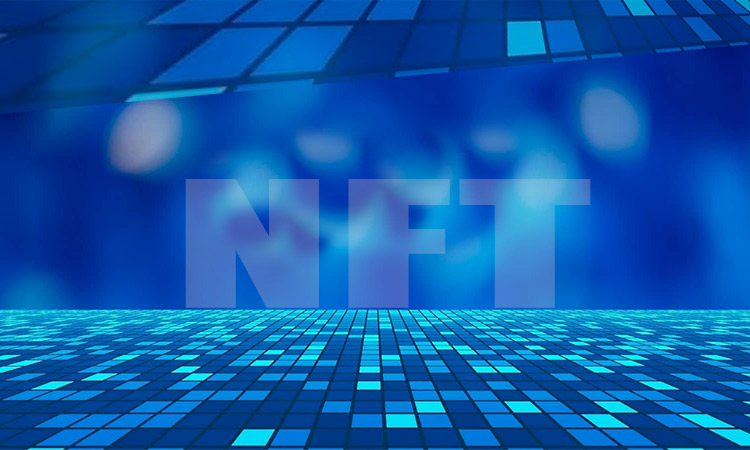NFTs – opposed by some and admired by others

Photo used for illustrative purpose.
I, like many others, have pondered what is going on with “NFTs” and why they have gained such sudden attention. Even though this expression is commonly used, there remain individuals who are still uncertain of what NFTs are and how they have evolved into a whole market. In a race against my thoughts and other writing ideas, I here share some of the existing thoughts on this buzzword.
“NFT” refers to a non-fungible token, financial security consisting of digital data minted on a blockchain. By using these NFTs, we can tokenize digital artwork, real estate, signatures, legal documents, domain names, video game equipment, and collectibles. In general, they exist on the Ethereum blockchain and can be traded on any Ethereum-based NFT market. NFTs cannot be tampered with, exchanged, or substituted with another equivalent token.
According to Business Insider, the NFT market surged to $41 billion in 2021 and according to the Financial Times, the NFT sales would be more if digital collectibles created on blockchains other than Ethereum were included. In addition, Business Insider indicated that the value of NFTs is approaching that of the traditional art market, which involves physical artwork.
Moreover, like any other hyped topic, NFTs are not immune to controversy and debate. Among the most important debates are those regarding its impact on the environment and market performance. All of this raises the crucial question of whether these tokens are only a passing fad, or will they shape the future? And if so, at what stake?
Opponents of the NFTs assert that the growing popularity of the NFTs has led to their increased scrutiny. This is especially true given their environmental impact and carbon footprint, which may be linked to the energy-intensive nature of the blockchain’s operations. Insights from Inspire Clean reveal that there is a heated debate around the proportion of blockchain usage that is powered by clean energy. However, since most of our energy consumption is derived from fossil fuels and blockchain is an energy-intensive process, NFTs transactions are considered harmful to the environment. The same source noted that a single NFT artwork has sold through trades that were equivalent to an entire year’s worth of energy.
Nevertheless, although NFTs transactions in their current form are extremely energy inefficient, there is still optimism that the mechanism of acquiring NFTs can be modified and enhanced. Ideas such as implementing carbon markets and caps geared toward NFTs remain on the table, paving the path for greener NFTs and genuine innovation. Many equate NFTs to cryptocurrencies, claiming that the market is as volatile as the cryptocurrency market and is a bubble that could burst at any time. Recent market trends in NonFungible’s Q1 2022 report indicated a considerable fall in the volume of NFTs traded, accompanied by a smaller decline in the volume of USD. The report compared the NFT performance in Q4 of 2021 to Q1 of 2022, revealing that approximately $8 billion was traded in Q1 of 2022, with the volume of sales falling by about 46.9%, the number of buyers falling by 30.9%, and the number of sellers falling by 15.6 per cent, reducing the total profit by 3.3% and increasing the average price of all NFTs traded during the period. Despite what has been stated, decreasing from a peak does not invariably result in a bubble bursting. In fact, if we examine one of the most critical market health indicators, we find that the number of NFTs buyers remains continuously greater than the number of sellers.
In a nutshell, NFTs function as a technological medium; they are minted, stored, and transferred on a blockchain, providing instant proof of authenticity and provenance and eradicating counterfeiting issues. As with any trending topic, it has been the subject of several debates. On the one hand, it has been condemned for its environmental implications. Yet, on the other hand, it has been praised for its potential to be a platform for genuine innovation. Regardless, existing sentiments indicate that it will take time for people and investors to embrace it completely.